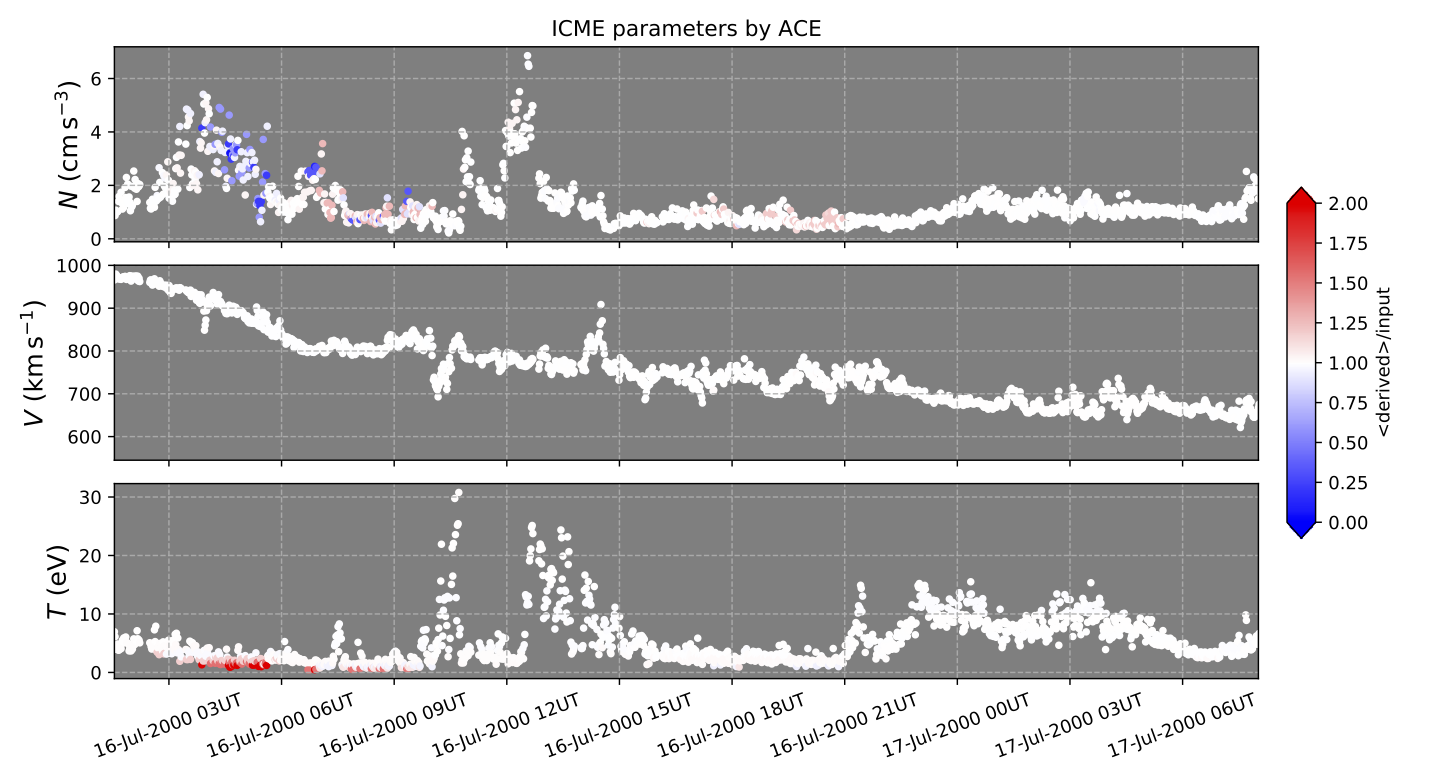MIST
Magnetosphere, Ionosphere and Solar-Terrestrial
Evaluating the performance of a plasma analyzer for a space weather monitor mission concept
By Georgios Nicolaou (Mullard Space Science Laboratory/UCL; Southwest Research Institute)
Georgios Nicolaou et al. developed a forward model of an electrostatic analyzer response which simulates observations of solar wind protons with their velocities following the classic Maxwell distribution function. This paper studies the observations of extreme space weather features such as, fast ICMEs and fast solar wind streams, but also the observations of a typical background solar wind. The model takes into account the limited sampling and resolution of the instrument. The analysis of the modeled observations derives the plasma parameters from the statistical moments of the observed velocity distribution functions. This is a classic novel analysis method, which is appropriate for space weather missions as it can be applied onboard spacecraft and predict the solar wind plasma bulk parameters very fast, reducing the required telemetry and computational resources. The comparison between the analysis results and the input parameters identifies the accuracy of the specific method applied to the observations by the instrument. The authors address the limitation of the moments analysis and demonstrate how we can overcome these limitations by fitting the observations with distribution function models. The fitting analysis is demonstrated in observations of fast ICMEs (see Figure 1) and fast solar wind streams identified in ACE observations.

Figure 1. Time series of (top) the plasma density, (middle) bulk speed, and (bottom) scalar temperature within a fast ICME recorded by ACE from 16 July 2000 01:00 to 17 July 2000 08:00. The color represents the accuracy with which the fitting analysis of the observations by our instrument derives the corresponding parameters.
Please see the paper for full details:
, , , & (2020). Evaluating the performance of a plasma analyzer for a space weather monitor mission concept. Space Weather, 18, e2020SW002559. Accepted Author Manuscript. https://doi.org/10.1029/2020SW002559